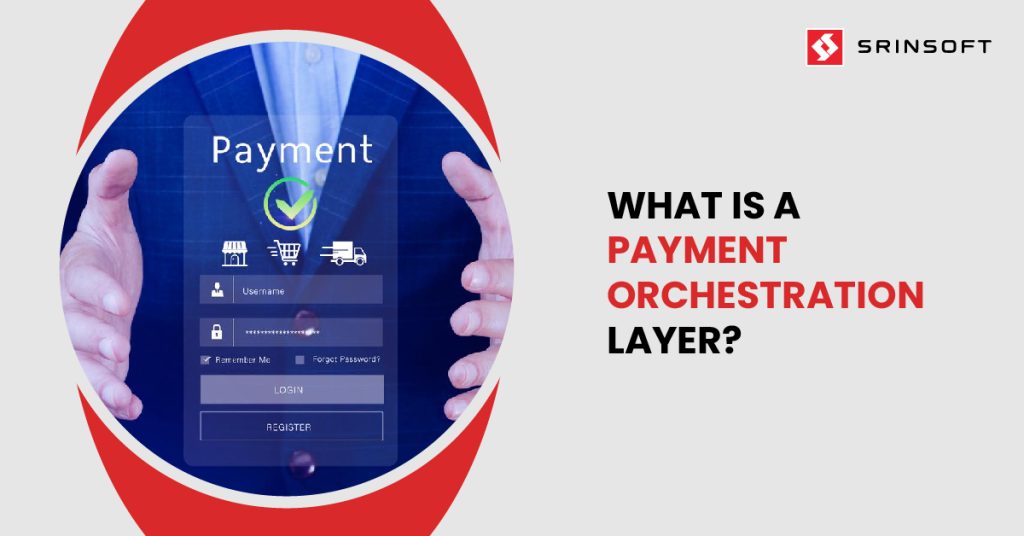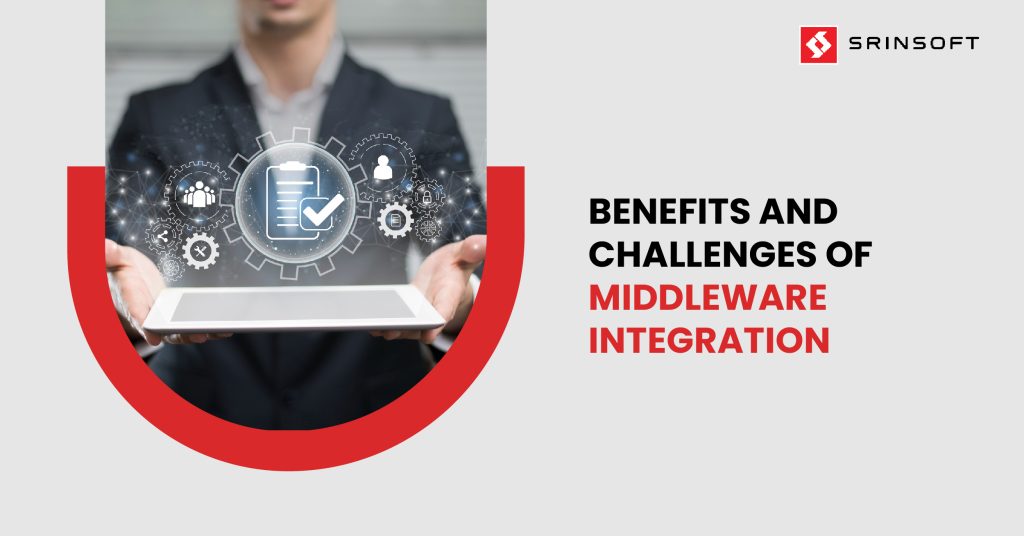
Introduction to Payment Orchestration
Behind a simple click of a button that processes our payments, there lies a myriad of tasks that are being coordinated and executed with great precision and at unimaginable speeds.
This is done time and again while hardly failing in its intended purpose. This is only made possible by a technological solution called orchestration, specifically payment orchestration (PO).
With a payment orchestration layer, businesses can manage multiple service providers, gateways and payment methods from a single platform. As a central hub, the orchestration layer helps streamline and automate payment processes.
Additionally, an orchestration layer also performs validating, routing, and settling, thereby making business operations efficient and secure. Its key functionalities include the following:
- Integration Engine: Connects with various payment gateways and service providers.
- Routing Logic: Optimizes transaction paths for cost and efficiency.
- Analytics and Reporting: Offers insights into transaction performance.
- Security Measures: Protects sensitive data and ensures regulatory compliance.
- Additional Features: Billing, reconciliation, payouts, and fraud detection.
Payment orchestration helps businesses offer a wide range of payment options, reduce costs, improve customer experience as well as be secure and compliant by streamlining front-end and back-end payment processes.
How Payment Orchestration Works
A payment orchestration layer integrates diverse payment providers and seamlessly connects a merchant’s systems with payment services, making it easier to route transactions and handle several payment service providers (PSPs). This ensures that the process is efficient and cost effective with fewer failed transactions and improves the customer experience.
a) Transaction Initiation
The customer selects products and services, adds them to their cart, selects a payment method, and enters payment information.
b) Evaluation
The payment orchestration layer assesses different payment options and selects the most optimal route according to various factors like cost, speed, and success rates.
c) Routing
The orchestration platform routes the transaction to the preferred payment gateway or processor. In case of a failed payment, it automatically redirects to alternative PSPs, to reduce declines.
d) Processing
The acquiring bank communicates with the issuing bank to validate and authorize the transaction.
e) Settlement
Once approved, funds are settled to the merchant’s account.
Advantages of Payment Orchestration:
- Optimized Routing: It can automatically direct transactions to the best-fitting gateway to save costs while maintaining high success rates.
- Reduced Failures: Reprocesses failed transactions across different gateways to reduce false declines and missed sales.
- Insights and Analytics: It can provide valuable data regarding payment trends that can be used to optimize business strategies.
Benefits of Payment Orchestration
Payment orchestration provides a plethora of benefits that help enhance payment processes and improve customer experiences which can lead to business growth. Here’s an overview of the key advantages:
a) Operational Efficiency and Scalability
- Streamlined Processes: By automating payment workflows, PO reduces manual efforts, errors, and time involved in payment processing.
- Effortless Integration: Provides a single API endpoint to handle multiple PSPs, making it easier to onboard new payment methods and gateways.
- Scalability: Caters to growing enterprises allowing quick adoption to reach different markets, regions, and payment choices without much complexity.
b) Enhanced Customer Experience
- Global and Local Payment Support: Payment orchestration offers various payment methods, supports cross-border payments, and ensures compliance with different regional regulations like PCI DSS.
- Frictionless Checkout: It has several important features like saved cards, intelligent retries, and auto-input of OTPs minimize cart abandonment.
- Optimized Gateways: For every transaction, it routes the payment through the best-performing gateways to ensure faster and more reliable payments.
c) Cost Efficiency
- Reduced Processing Costs: Automatically routes payments through gateways with the lowest fees, minimizing expenses.
- Lower Failure Rates: Intelligent retry mechanisms reattempt failed transactions through alternative processors, reducing lost revenue.
d) Higher Payment Acceptance Rates
- Dynamic Routing: Leverages historical gateway performance, location, and cost data to maximize transaction approval rates.
- Backup Providers: Ensures continuous payment processing by rerouting transactions during primary gateway downtimes.
e) Advanced Insights and Innovation
- Data-Driven Optimization: Payment orchestration can extract actionable insights from payment data for improving payment strategies as well as customer preferences.
- Flexibility: Enables businesses to experiment with innovative payment methods, such as “Buy Now, Pay Later” or open banking.
f) Fraud Prevention and Security
- Tokenization and Encryption: Safeguards sensitive data with state-of-the-art security technologies such as network tokenization.
- Centralized Compliance: Streamlines compliance with both local and international payment security requirements.
All in all, incorporating payment orchestration is a way for businesses to improve customer satisfaction, lower operational costs, and boost revenue.
Difference Between Payment Processing and Payment Orchestration
While payment processing ensures the completion of individual transactions, payment orchestration offers a strategic layer for optimizing and managing payment operations, making it essential for scalable and efficient payment ecosystems.
| Aspect | Payment Processing | Payment Orchestration |
| Definition | Handles payment transactions from initiation to settlement, covering authorization, clearing, and funding. | Coordinates and optimizes multiple payment processors, gateways, and methods through a single interface. |
| Focus | Execution of individual transactions. | Management and optimization of the entire payment ecosystem. |
| Flexibility | Limited to the capabilities of the chosen payment gateway or processor. | Vendor-agnostic, allowing businesses to use multiple payment providers and create routing rules. |
| Scalability | Typically suited for simple, low-volume payment needs. | Ideal for businesses with complex, high-volume, or multi-region transactions. |
| Optimization | No dynamic routing or gateway selection; processes payments as they are received. | Employs intelligent routing to select the most cost-effective and efficient path for transactions. |
| Use Case | Small businesses or simple transactions requiring a single payment provider. | Businesses needing cross-border payments, multiple payment options, or high transaction volumes. |
| Compliance | Requires separate compliance for each payment gateway or processor. | Centralized compliance management for multiple gateways and regions. |
Orchestration Layer in Fintech and Banking
Let’s look at some of the instances of payment orchestration in action, specifically in fintech and banking where it plays a critical role in automating and coordinating some of the mission-critical tasks.
a) Fintech
In fintech, the orchestration layer helps in optimizing complex workflows by bringing together different service offerings, systems, and APIs. It serves as a central coordinating hub, ensuring that the various layers — data sources, business logic, and user interfaces — can communicate with each other efficiently.
The orchestration layer in fintech solutions brings together multiple backend processes — payment gateways, fraud detection, identity verification and third-party integrations — into a single workflow.
In digital payments, for example, the orchestration layer authenticates the user, starts transactions, carries out fraud checks, and offers live updates – all in a single flow.
Using an orchestration layer, fintech firms can easily comply with new regulations, adopt emerging technologies, and increase product offerings without having to alter their entire IT stack.
b) Banking
Orchestration in the modern banking ecosystem enables real-time interactivity between core banking systems, payment gateways, CRM, and third-party services like credit scoring and fraud detection.
It uses APIs and microservices for scalable and efficient data sharing to avoid redundancy and speed up service delivery.
Delivering personalized customer experience in baking relies heavily on the orchestration layer. It can collect data from multiple customer touchpoints, process it and initiate personalized workflows like loan approval or issuing a payment update in real-time.
A very important role of the orchestration layer in finance and banking is maintaining audit trails and compliance with financial regulations such as PSD2, GDPR, or AML guidelines.
The orchestration layer is critical to driving digital transformation in banking and fintech as it helps streamline operations, improves customer interactions, and enables rapid service innovation.
Conclusion
Payment orchestration can be a game changer for businesses as it can streamline and automate complicated payment processes without compromising efficiency and cost effectiveness.
Its potential to drive scalability and improve customer experience makes it a very important piece of technology for modern commerce.
Moreover, payment orchestration helps businesses to adapt to evolving payment methods, regulatory changes, and global market demands.
Nonetheless, problems such as initial implementation costs, integration complexities, and continuous servicing need to be managed carefully.
